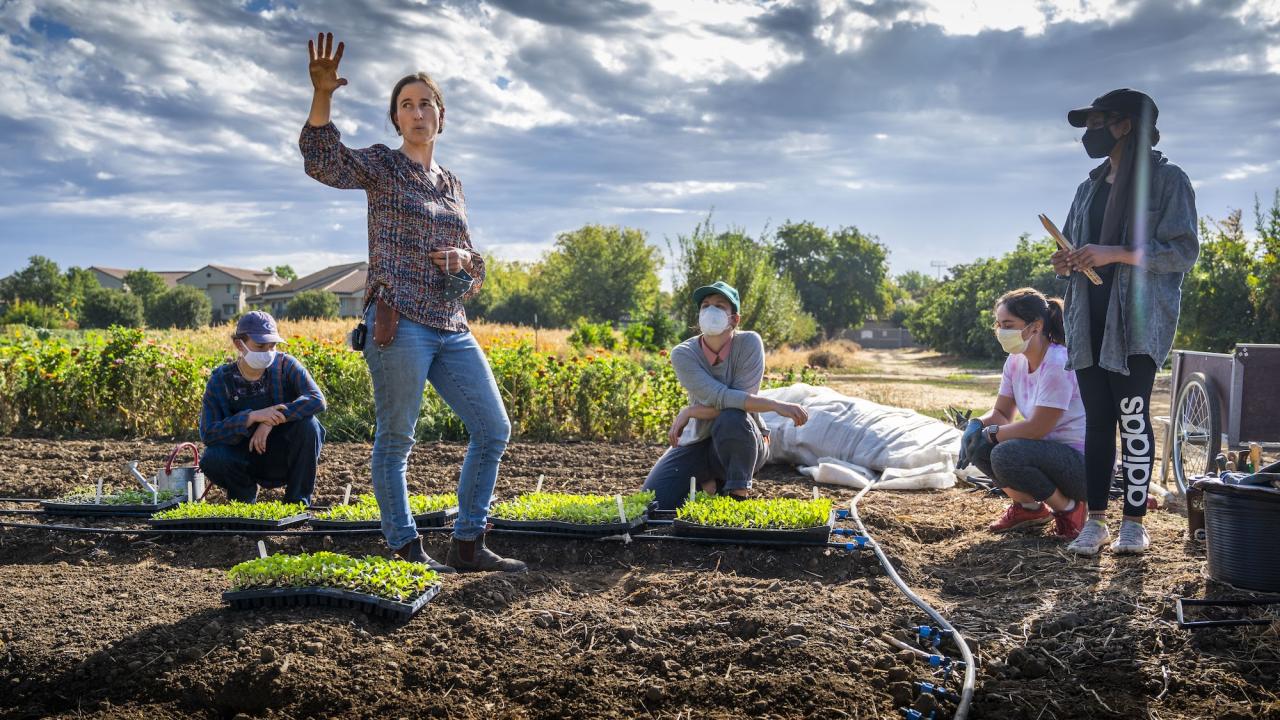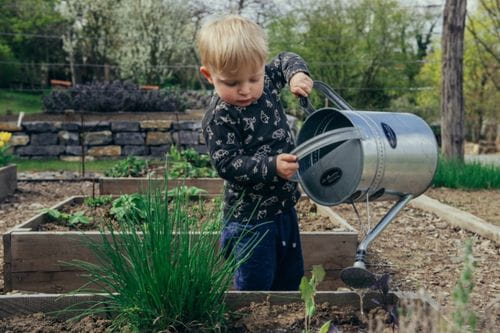Transform Your Green Space: A Comprehensive Overview to Gardening Tips for Beginners
Wiki Article
The Ultimate Overview to Horticulture for Beginners: Detailed Tips and Techniques for Expanding a Prospering Garden
From understanding your garden room to choosing the right plants and preparing the soil, we have actually obtained you covered. Obtain ready to unleash your green thumb and produce a beautiful, growing yard.Recognizing Your Yard Area
To maximize your horticulture success, start by acquainting yourself with the special qualities of your yard room. Recognizing your yard room is crucial for developing a thriving garden. Begin by observing the quantity of sunlight your yard receives throughout the day. Bear in mind of any kind of areas that are shaded and those that obtain complete sun. This will assist you figure out which plants will certainly flourish in each area.Next, assess the soil in your garden. Understanding your soil type will guide you in picking the right plants and implementing appropriate dirt changes. This info will certainly help you make educated choices regarding watering and plant placement.
These are tiny areas that may vary in temperature level or dampness degrees contrasted to the rest of your garden. Use these variants to your benefit by growing heat-loving or moisture-loving plants in these locations.
Choosing the Right Plant Kingdoms

Next, consider your gardening objectives and preferences. Are you aiming to expand vegetables, flowers, or a mix of both? Do you like low-maintenance plants or are you going to place in extra effort for high-yield plants? Think of the quantity of time, energy, and sources you agree to buy your yard.
In addition, think about the area readily available in your yard. Take measurements and prepare out the layout of your plants. Think about the fully grown size of each plant and make sure they have adequate area to expand without overcrowding each other.
Lastly, think regarding the practicality of your plant choices. gardening kit for beginners. Will you be able to give the essential treatment and upkeep for your chosen plants? Think about aspects such as watering, feeding, pest control, and trimming
Preparing the Soil for Growing
Once you have chosen the best plants for your thriving garden, it's time to dive right into the crucial job of preparing the soil for planting. Take an example and test its pH levels, as various plants flourish in different pH ranges.
Once the dirt is ready, develop furrows or holes for growing. The depth and spacing will certainly depend on the certain demands of your picked plants, so refer to the seed packets or plant labels for support.
Lastly, water the newly grown area thoroughly. This will certainly assist clear up the dirt and offer the plants with the wetness they require to develop themselves. As you water, beware not to remove the soil or damage the delicate plants. With correct dirt prep work, your garden will certainly be well-appointed to sustain the development and success of your plants.
Watering and Fertilizing Methods
After preparing the soil for growing, it's important to recognize reliable watering and fertilizing strategies to make certain the health and wellness and growth of your yard. When it involves watering, it's important to strike an equilibrium. Overwatering can result in root rot and various other illness, while underwatering can lead to stunted development and wilting. The trick is to provide sufficient water to keep the dirt consistently wet but not saturated. One means to determine if your plants require watering is by sticking your finger about an inch into the soil. It's time to water if it really feels dry. When watering, go for the base of the plants, as moistening the fallen leaves can motivate illness. As for fertilizing, it's critical to provide your plants the nutrients they need to flourish. Organic plant foods, such as compost or well-rotted manure, are superb selections as they supply a slow-moving release of nutrients. It's ideal to use plant foods in very early spring or late loss, following the guidelines on the plan. Keep in mind to water your plants after fertilizing to help the nutrients get to the roots. By mastering these watering and feeding methods, you'll be well on your way to a thriving yard.Keeping a Healthy And Balanced Garden
To keep a healthy yard, you need to on a regular basis evaluate your plants for indications of conditions or bugs. By doing this, you can catch any kind of problems early on and take the necessary actions to prevent them from spreading and causing gardening tips for beginners damages to your entire yard.Another method is to encourage helpful insects like lacewings and ladybugs, which feed on garden parasites. Planting flowers such as sunflowers, daisies, and marigolds will bring in these useful pests to your garden.
In enhancement to insects, illness can likewise affect your plants. Appropriate spacing between plants and great air flow can also assist stop the spread of illness.
Conclusion
In conclusion, horticulture can be a satisfying and meeting hobby for newbies. By understanding your yard space, picking the right plants, preparing the dirt, and applying appropriate watering and fertilizing strategies, you can create a flourishing yard. Remember to maintain its health by on a regular basis tending to it. With perseverance and dedication, you'll quickly be enjoying the elegance and bounty of your very own flourishing garden. Delighted horticulture!Use these variations to your advantage by growing moisture-loving or heat-loving plants in these locations.

Report this wiki page